Fairy tale - Story

|
A form of literature that is freely created based on various tale formats and is intended for children as its main readers. The word itself was used by Santou Kyoden in the Edo period in his essay Kotoshu Vol. 1 (1814) as "mukashi banashi" (old stories), and by Kyokutei Bakin in his essay Enseki Zasshi (1810) as "warabe monogatari" (stories told by children). Both were referring to old stories suitable for children. According to Kimura Shoshu's History of Boys' Literature, Meiji Edition, Vol. 2 (1942), the first example of the word being used in the Meiji period was in 1899 (Meiji 32), when a publishing company called Kaihatsu-sha published a book of stories for young children called "Shushin Dowa" (Children's Morals). In the book, Kimura writes, "Similarly, old tales or legends and oral traditions, when treated literary, are called togibanashi (fairy tales), and when depicted for educational purposes, they are not called togibanashi but dowa (children's stories)...This kind of view may be widely disagreed with from today's perspective, but at the time, this was generally the way the distinction was made." In fact, in Ashiya Roson's "A Study of Fairy Tales Primarily for Educational Applications" (1913) and "A Study of Fantasies Appearing in Fairy Tales and Legends" (1914), "fairy tales" refers to folk tales. The word dowa began to take on a new meaning with the launch of the magazine Akai Tori in 1918 (Taisho 7). The founder, Suzuki Miekichi, described the purpose of the magazine's founding as "the first literary movement to create dowa and doyo" in the magazine's launch pamphlet, but the dowa he meant in this case was probably roughly the same as what Ogawa Mimei had described as "...the 'dowa' we seek is written with a child's state of mind as its ideological home, and with a child's faith, judgment, and philosophy of life based on notions" (Preface to Kin no Wa, 1919). This was a concept of children's literature born out of the Taisho era, when children were viewed as possessing innocent minds and new ways of thinking were born. The rice riots, tenant disputes, and labor disputes of 1918, as well as the depression after World War I in 1920, turned people's attention to reality. Children's literature also became more interested in reality, and fairy tales, such as Chiba Shozo's "Tora-chan's Diary" (1925) and Tsubota Joji's "Zenta and the Train" (1927), which depicted children's daily lives and contained no unrealistic elements, increased in number. This was further advanced by the proletarian children's literature movement, leading to the creation of stories that were close to realistic short stories. In a broad sense, fairy tales changed from stories of an imaginary world that used the form of folk tales and tolerated unrealistic elements to stories of a realistic, everyday world. However, the realism was only on the surface, so to speak, and the realism was still within the framework of fairy tales in the sense that the realm was a purely unrealistic, idealized small world. After World War II, with the development of novelistic methods, long-form realism became mainstream, and dowa came to indicate its original scope rather than the term for all children's literature. [Teruo Jingu] "Japanese Children's Literature" (Suga Tadamichi Collected Works 1, 1983, Otsuki Shoten) "The Japanese Society for Children's Literature (ed.) Introduction to Japanese Children's Literature" (1976, Tokyo Shoseki) [References] |Source: Shogakukan Encyclopedia Nipponica About Encyclopedia Nipponica Information | Legend |
|
説話の諸形式を基礎として自由に創作された、子供をおもな読者とする文学の一形式。ことばそのものは、江戸期の山東京伝(さんとうきょうでん)が随筆『骨董(こっとう)集』上編(1814)のなかで「むかしばなし」と読ませ、曲亭馬琴(ばきん)も同じく随筆『燕石襍志(えんせきざっし)』(1810)で「わらべものがたり」と読ませて使っている。ともに子供にふさわしい昔話をさしていた。 明治期に使われた最初の例は、木村小舟(しょうしゅう)の『少年文学史』明治篇(へん)下巻(1942)によれば、1899年(明治32)に開発社という出版社が「修身童話」という幼児向きの読み物を発刊したときであるという。木村は同書で「同じく昔物語、或(あるい)は伝説口碑の類も、これを文学的に取扱ふ時は、お伽噺(とぎばなし)といひ、それが教育的に描かれた場合には、お伽噺といはずして童話と称する――中略――かういふ一種の見方も、もはや今日よりすれば、亦大(またおほい)に異論もあらうが、此(こ)の当時は、大体かやうに区別を立てたものであつた」と述べている。事実、蘆谷蘆村の『教育的応用を主としたる童話の研究』(1913)および『童話及伝説に現れたる空想の研究』(1914)での童話は昔話をさしている。 童話が新しい意味をもって使われたのは1918年(大正7)創刊された雑誌『赤い鳥』からである。創始者鈴木三重吉(みえきち)は発刊パンフレットに「童話と童謡を創作する最初の文学的運動」と創刊の主旨を述べたが、この場合の童話とは、小川未明(みめい)のいう「……子供の心境を思想上の故郷とし、子供の信仰と裁断と、観念の上に人生の哲学を置いて書かれたものは私達の求める『童話』であります」(『金の輪』序文、1919)とほぼ同じものであっただろう。これは、子供を無垢(むく)な心の持ち主とする児童観と、新しいものの考え方が生まれた大正という時代が生んだ子供の文学の概念であった。 1918年の米騒動や小作争議、労働争議、1920年の第一次世界大戦後恐慌などは人々の目を現実に向けさせた。子供の文学にも現実への関心が深まり、童話にもたとえば千葉省三(しょうぞう)の『虎(とら)ちやんの日記』(1925)、坪田譲治(じょうじ)の『善太と汽車』(1927)など子供の日常を描き、非現実的要素のないものが増えた。そして、それは、プロレタリア児童文学運動などによってさらに進み、写実的な短編小説に近いものまで生まれるに至った。大まかな意味で昔話的形式を用い、非現実的要素が容認された想像の世界の物語から、写実的、日常的な世界の物語への童話の内容の変貌(へんぼう)であった。だが、写実的なのはいわば表面であり、内実は純粋に現実でない理想の小世界という意味で、やはり童話の枠内であった。 第二次世界大戦後、小説的方法の発達で長編のリアリズムが主流になるとともに童話は子供の文学全体の名称でなく、本来の範囲を示す名称となった。 [神宮輝夫] 『『日本の児童文学』(『菅忠道著作集1』1983・大月書店)』▽『日本児童文学学会編『日本児童文学概論』(1976・東京書籍)』 [参照項目] |出典 小学館 日本大百科全書(ニッポニカ)日本大百科全書(ニッポニカ)について 情報 | 凡例 |
<<: Dowa education - Dowa education
Recommend
William V - William
…In the first half of the 16th century, the eldes...
Lake Tofutsu
A lagoon facing the Sea of Okhotsk in eastern H...
Guanche
...The language of the Tuareg people (called Tama...
corporatism model
...Anglo-Saxon trade unions are generally relucta...
Fenno-Scandia (English spelling)
…It is also written as Scandinavia. If Finland is...
Gadouryuu
〘Noun〙 A school of calligraphy. Its founder was On...
Shintaro Nakaoka
A patriot of the anti-shogunate faction at the en...
Zuccaro, F. (English spelling) ZuccaroF
…Taddeo Zuccaro (1529-66), the elder brother, was...
Jibal Lubnan al-Sharqiya (English spelling)
…the mountain range that runs parallel to the Leb...
Akashino
...The main types of ware are tea ware such as te...
Joint - Setsuri (English spelling)
A crack is a group of cracks that develop widely ...
Cost Management
Traditionally, it has been used to mean managemen...
snāna (English spelling) snana
…In Brahmanism, rituals often include bathing for...
Acer argutum (English spelling) Acerargutum
… [Ken Ogata]. . … *Some of the terminology that ...
Stefan's quintet
…In such a group of galaxies, star formation acti...
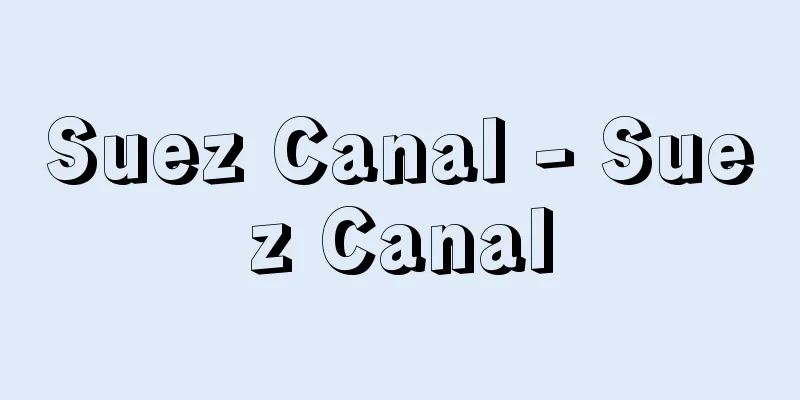
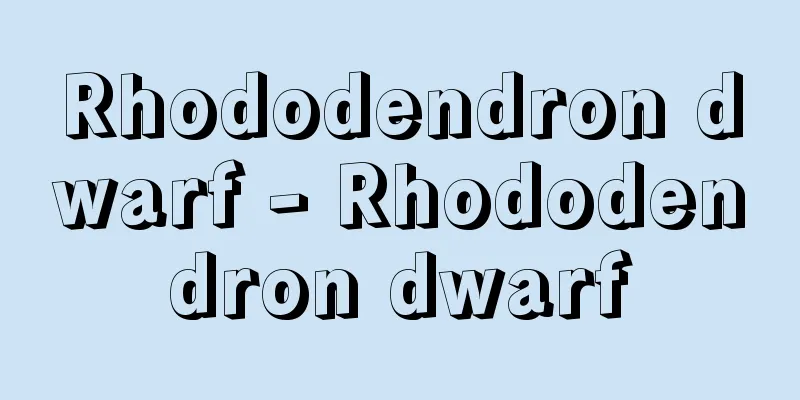



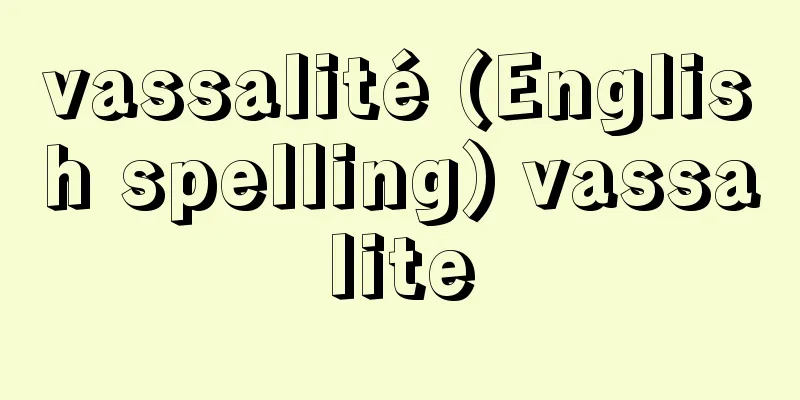
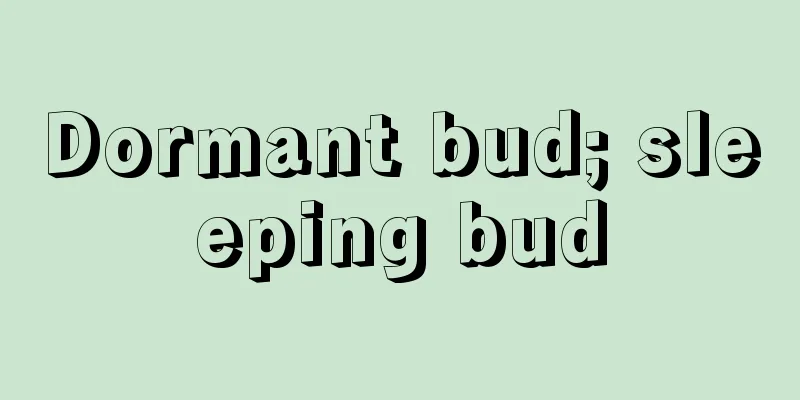
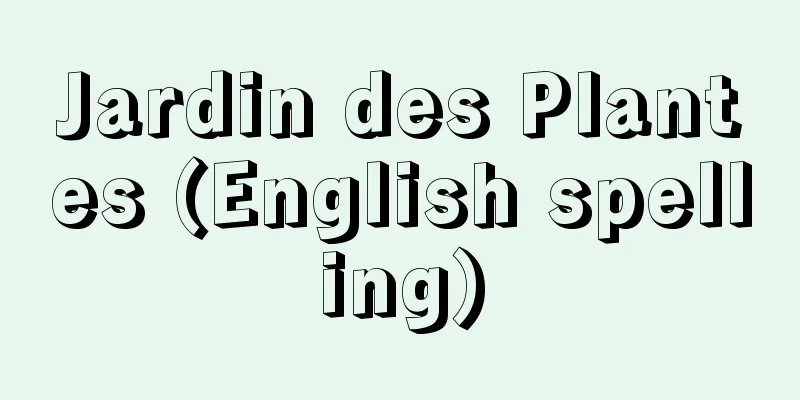
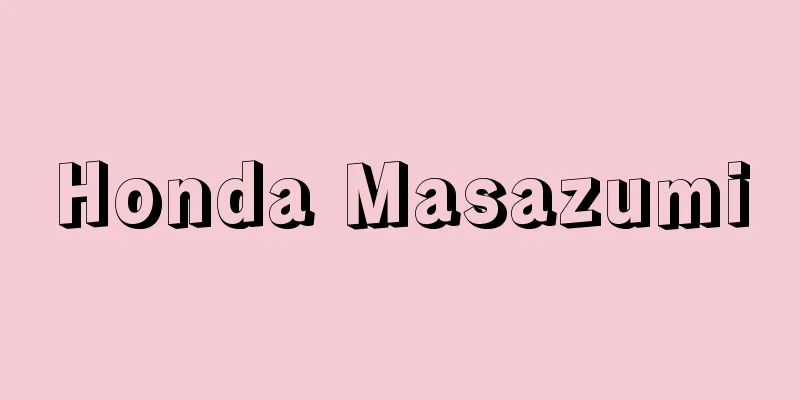
![Nishime [town] - Nishime](/upload/images/67cc6d5d41d6b.webp)